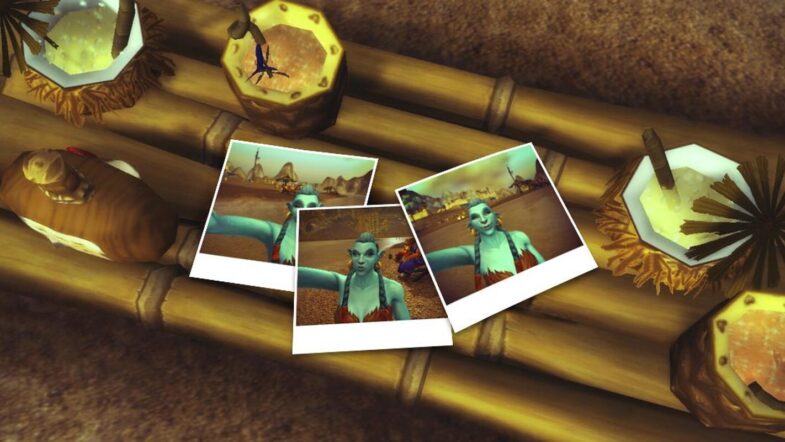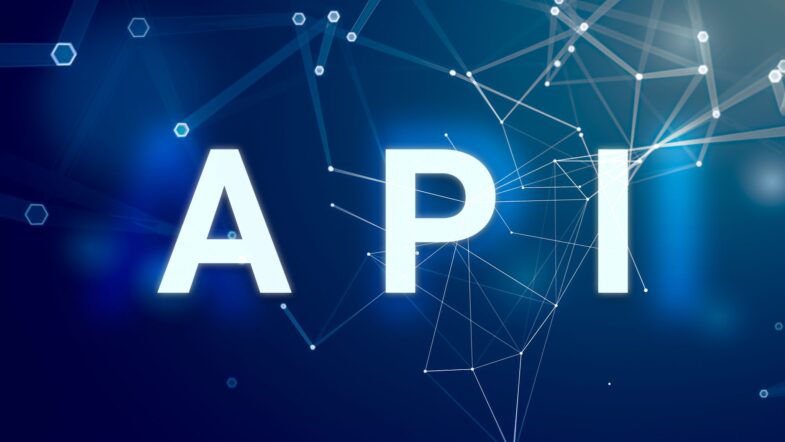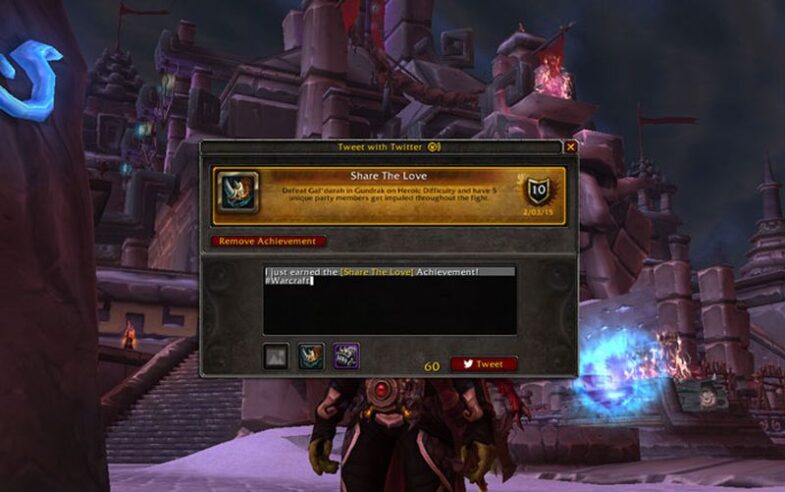World of Warcraft introduced the Twitter Integration feature as part of the Warlords of Draenor updates. With it, you can post updates on your progress in the game. You found a neat item? Report it to your friends with a Tweet right within the game! While you don’t have to disclose how much WoW gold you have, it’s easy to boast about getting a rare WoW mount or achievement with this feature. Except, now you can’t do it anymore.
Reasons For Removing the Feature

Source: youtube.com
The decision to remove a feature from a website or application can have various reasons behind it. In the case of Twitter Integration in Blizzard’s game, there seem to be two primary reasons.
The first reason is related to changes in Twitter’s policies, specifically its decision to monetize its APIs. API, or application programming interface, is a set of protocols and tools for building software applications. In the context of Twitter Integration in Blizzard’s game, Twitter’s API allows the game to access and display tweets from a player’s Twitter account within the game interface. However, with Twitter monetizing its APIs, Blizzard may have to pay to access Twitter’s API and maintain the integration feature, which may not be economically feasible for the company.
The second reason is the low usage of the feature by players. Despite being available in the game, players may not be using the Twitter Integration feature frequently or at all. As a result, Blizzard may not see enough value in investing resources to maintain and update the feature, especially if it involves paying for Twitter’s API. In this case, removing the feature would make sense as it would save resources and free up development efforts for other areas of the game that are more popular and used by players.
It’s important to note that removing a feature from a game or website can have consequences, and it’s essential to weigh the pros and cons before making a decision. While removing a feature that is rarely used may not affect most players, there may be a small subset of players who rely on that feature and may be negatively impacted by its removal. It’s crucial to communicate the removal of the feature to players and provide alternative solutions if possible, to minimize any disruption.
Twitter’s Reasons For the Change
This is one of the latest policies Elon Musk has been pushing since he acquired the site in 2022. He wanted to cut down on bots and scammers with monetization, though it’s proving to do the opposite. Many users disagreed with his current policies and have sworn off using the site. In contrast, bots are still plodding away, unbothered by all the drama on the site. Still, with no other alternatives, those left use the site.
Behind the scenes, it’s not much better. After the acquisition, many employees and directors of the company were laid off. They also lost many of their advertisers and money from the deal. This could be a way to recoup the losses, though it’s not well received by the public.
At any rate, it has been making poor decisions from the public’s point of view ever since the takeover.
More Information on APIs

Source: freepik.com
API means Application Programming Interface. This lets a program interact with another one remotely through integration. As you can see from WoW’s feature, players didn’t have to go to the site to access Twitter and make a post. There are many types and applications to this. Examples include your phone’s gallery updating to a cloud through an app or the weather forecast automatically updating on your home screen.
Now that it’s set behind a paywall, many applications and services must pay to use the API. Other affected functions are:
- Games and apps that use Twitter accounts as login credentials
- Games and other applications that let you tweet something directly from the app
- Various photo and media-sharing platforms
If these services don’t want to pay Twitter for API use, they have to remove integration with the site. In WoW’s case, that’s not much of a problem, but for the other apps, it’s a significant blow. The site itself is functioning as usual. Other apps and games can’t interface with it for ease and convenience.
What Now?
Although WoW players don’t seem to care about it, this has broader consequences than losing an infrequently-used game feature. As mentioned, other sites and programs also had their access revoked, and some functionalities were lost. In the long run, people can still post their updates. However, it is no longer as convenient.
Despite this, people are still using the site. Of course, it’s less convenient, but when it’s the only leading social site, and there’s no good equivalent yet, people must make do. At this point, we can only wait until another site tries to one-up Twitter, and people can move to that competitor.
The only other alternative is that the company wisens up in its policies. However unlikely, we don’t know what the future holds, and there is still a tiny chance this will happen.
The End of the Twitter Era?

Source: pinterest.com
The end of Twitter era has been discussed for several years now, with detractors all predicted that Twitter demise will happen sooner or later. However, despite the changes in policies and the departure of some users, Twitter remains a popular and influential social media platform.
One of the main reasons Twitter managed to remain relevant is its ability to adapt and evolve with changing times. For instance, the platform has introduced new features like Twitter Spaces, which allows users to host and join audio conversations, and Twitter Fleets, which are similar to Instagram Stories.
Moreover, Twitter has been a crucial platform for news and information dissemination, especially during crises and emergencies. The platform’s real-time nature makes it ideal for breaking news and live events, as users can follow relevant hashtags and accounts to stay updated.
Although the removal of WoW’s Twitter Integration feature may be disappointing to some users, it’s essential to remember that technology is constantly evolving, and features that were once popular may become obsolete over time. Companies like Blizzard make decisions based on user demand, economic viability, and sometimes that means removing features that are not widely used.
